During the Last Glacial Maximum, global climate fluctuations were evident, and the low-latitude regions of southern China and Southeast Asia emerged as ideal habitats for hunting and gathering populations. However, due to limited archaeological work and a lack of systematically dated discovered sites, the processes of prehistoric human activities, survival strategies, and the patterns of human-environment interactions in this region remain unclear. In light of this, Professor Dong Guanghui's research group at Lanzhou University's School of Resources and Environment, in collaboration with Yunnan Provincial Institute of Cultural Relics and Archaeology, Nanjing Normal University, and other institutions, conducted systematic chronology and zooarchaeological research on the Namidan Cave site located at the junction of southwestern China and Southeast Asia in Jinghong City, Xishuangbanna, Yunnan Province. By analyzing previously published dating and zooarchaeological data, the study aimed to elucidate the transition of survival strategies among Late Paleolithic populations in southern China and Southeast Asia and their relationship with climate change (Figure 1).
The main insights gained from this study can be summarized as follows: firstly, based on a Bayesian model using AMS14C dates from 15 charcoal samples, the study identified three major periods of Late Paleolithic human activities at the Namidan Cave site during the Last Deglaciation, namely: Phase Ia (~17.35-17.16 ka BP), Phase Ib (~16.80-16.49 ka BP), and Phase II (15.55-15.35 ka BP) ("ka BP" denotes "thousand years before present") (Figures 2 and 3). Secondly, through species identification of over 3,000 faunal remains, including teeth, horns, and turtle shells, from the three periods, the study revealed that during the period approximately 17.35-16.49 ka BP, the primary hunting targets of humans at the Namidan site were deer (91.7%), followed by turtles, cattle, monkeys, pigs, and mustelids. In the period around 15.55-15.35 ka BP, the proportion of deer decreased to 69.7%, and additional species such as shrews, wild boars, fish, crabs, canids, and felines were incorporated into the hunting spectrum (Figures 4 and 5). Lastly, by comparing archaeological research data and paleoclimate records from southern China and Southeast Asia, the study speculated that the gradually colder and drier climate between approximately 17.35-15.35 ka BP significantly contracted the spatial range of human activities, leading to a trend of "broad-spectrum" hunting in the region. From 15-10 ka BP, diversified hunting patterns and an overall warm and humid climate likely contributed to a significant increase in human activity during the Late Paleolithic in southern China and Southeast Asia (Figure 6). This research provides new data and perspectives for understanding the relationship between Late Paleolithic human activities and climate-environment changes in low-latitude regions during the Last Deglaciation, holding significant academic value.
The recent outcomes of this research have been published in the Quaternary Science Reviews under the title "Diversification of faunal exploitation strategy and human-climate interaction in Southern China and Southeast Asia during the last deglaciation" (Lu et al., 2023). Lu Yongxiu, a doctoral student from Lanzhou University's School of Resources and Environment, Gao Feng, Researcher at Yunnan Provincial Institute of Cultural Relics and Archaeology, and Wang Yiren, Researcher at Shanxi Provincial Institute of Cultural Relics and Archaeology, are the co-first authors. Professor Ma Minmin and Professor Dong Guanghui from Lanzhou University's School of Resources and Environment are the corresponding authors. This research received joint support from the Second Qinghai-Tibet Plateau Scientific Expedition and Research Project (2019QZKK0601), the National Natural Science Foundation of China (41988101), and the International Cooperation Project of the Chinese Academy of Sciences (131C11KYSB20190035).
Source of the original text:
Lu YX, Gao F, Wang YR, et al. 2023. Diversification of faunal exploitation strategy and human-climate interaction in Southern China and Southeast Asia during the last deglaciation. Quaternary Science Reviews. 322, 108420. https://doi.org/10.1016/j.quascirev.2023.108420
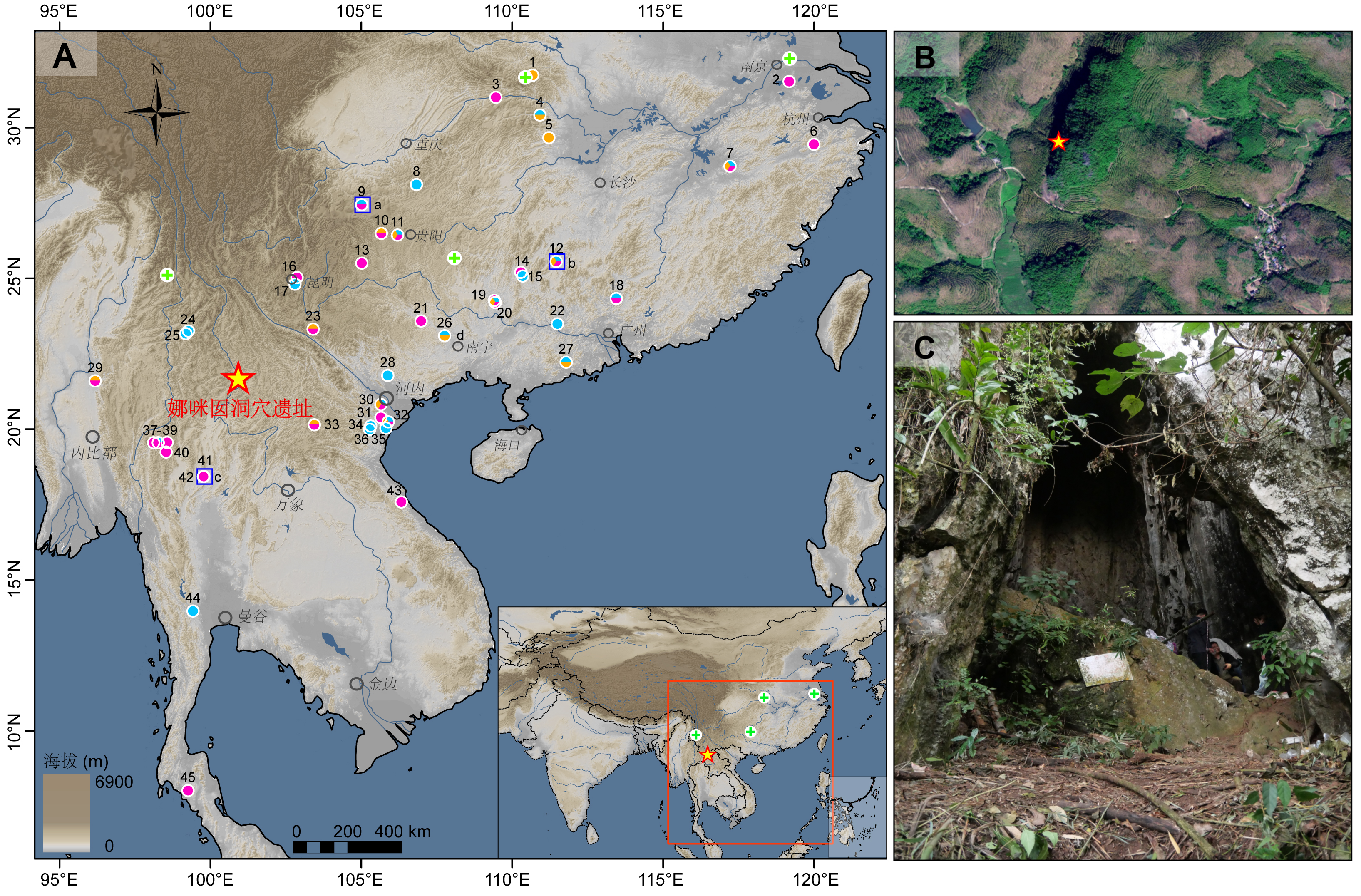
Figure 1: Distribution map of Late Paleolithic archaeological sites in southern China and Southeast Asia (A) and the location map of the Namidan Cave site (A-C). Circles indicate archaeological sites with dating, squares represent sites with precise age limits for zooarchaeological research; blue, orange, and red represent Late Paleolithic sites dating to 25-18 ka BP, 18-15 ka BP, and 15-11.7 ka BP, respectively.
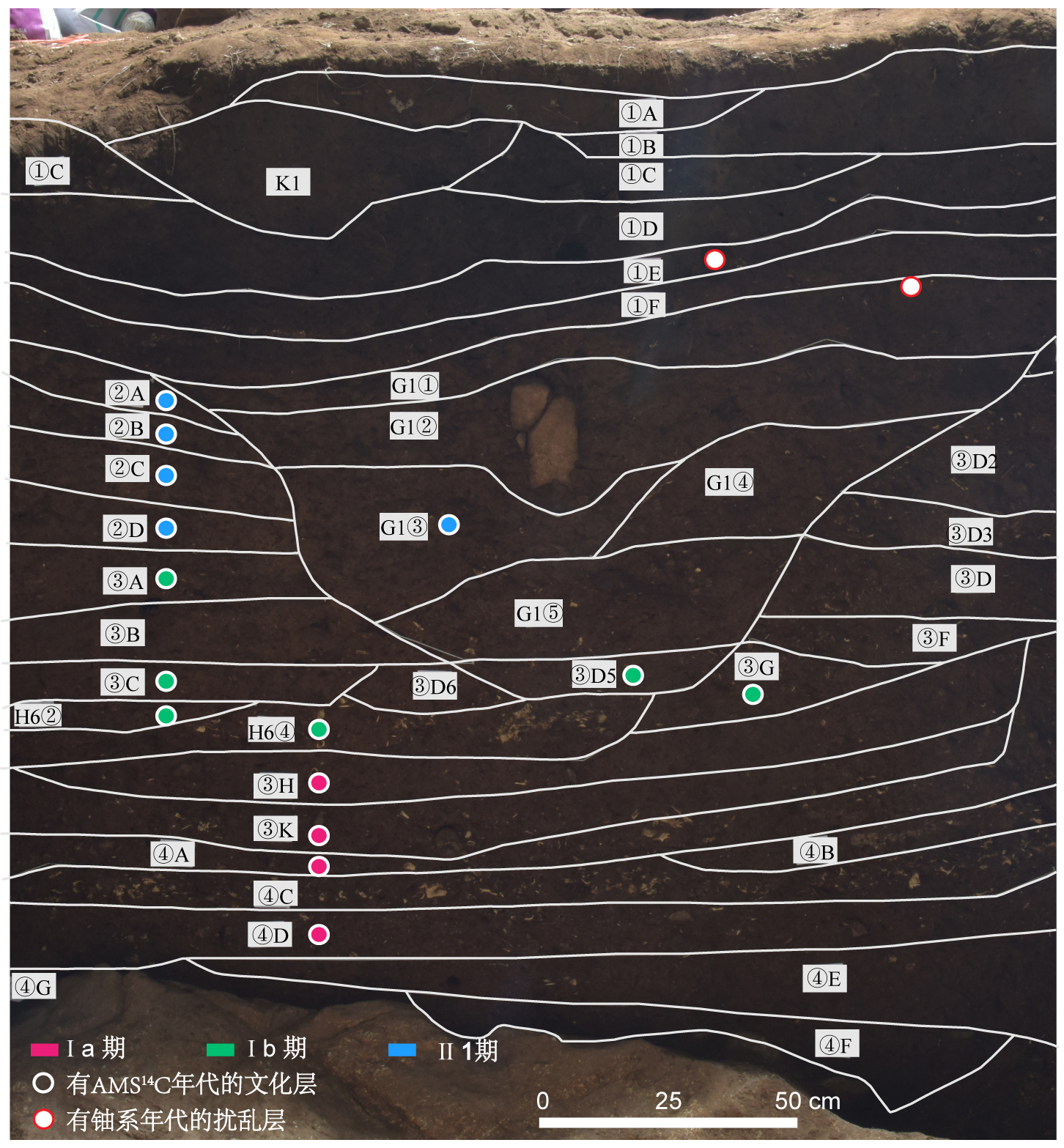
Figure 2: Stratigraphic section of the upper cultural layer of the Namidan Cave site.
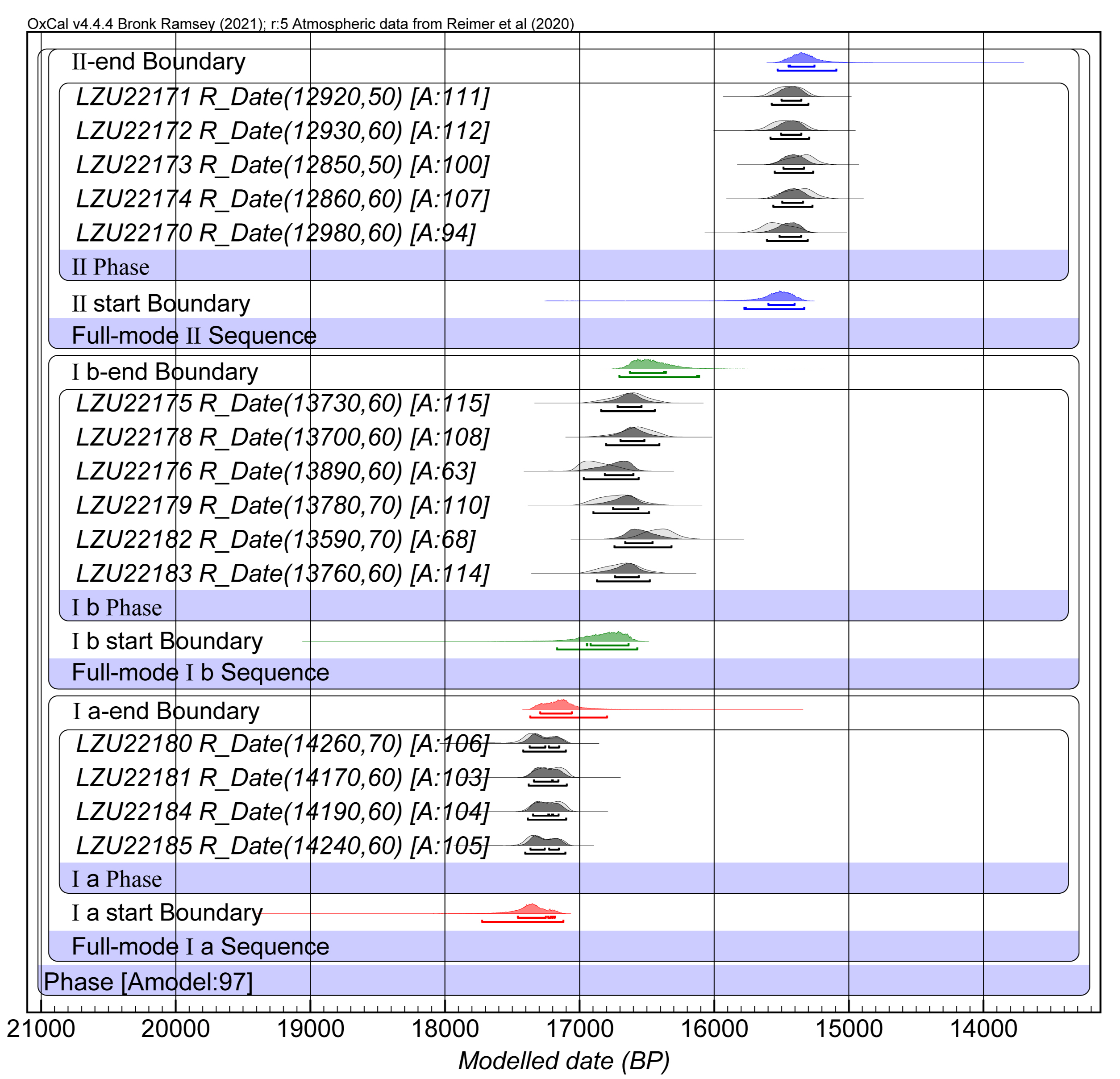
Figure 3: Bayesian model of AMS14C dates for charcoal remains in the upper cultural layer of the Namidan Cave site.
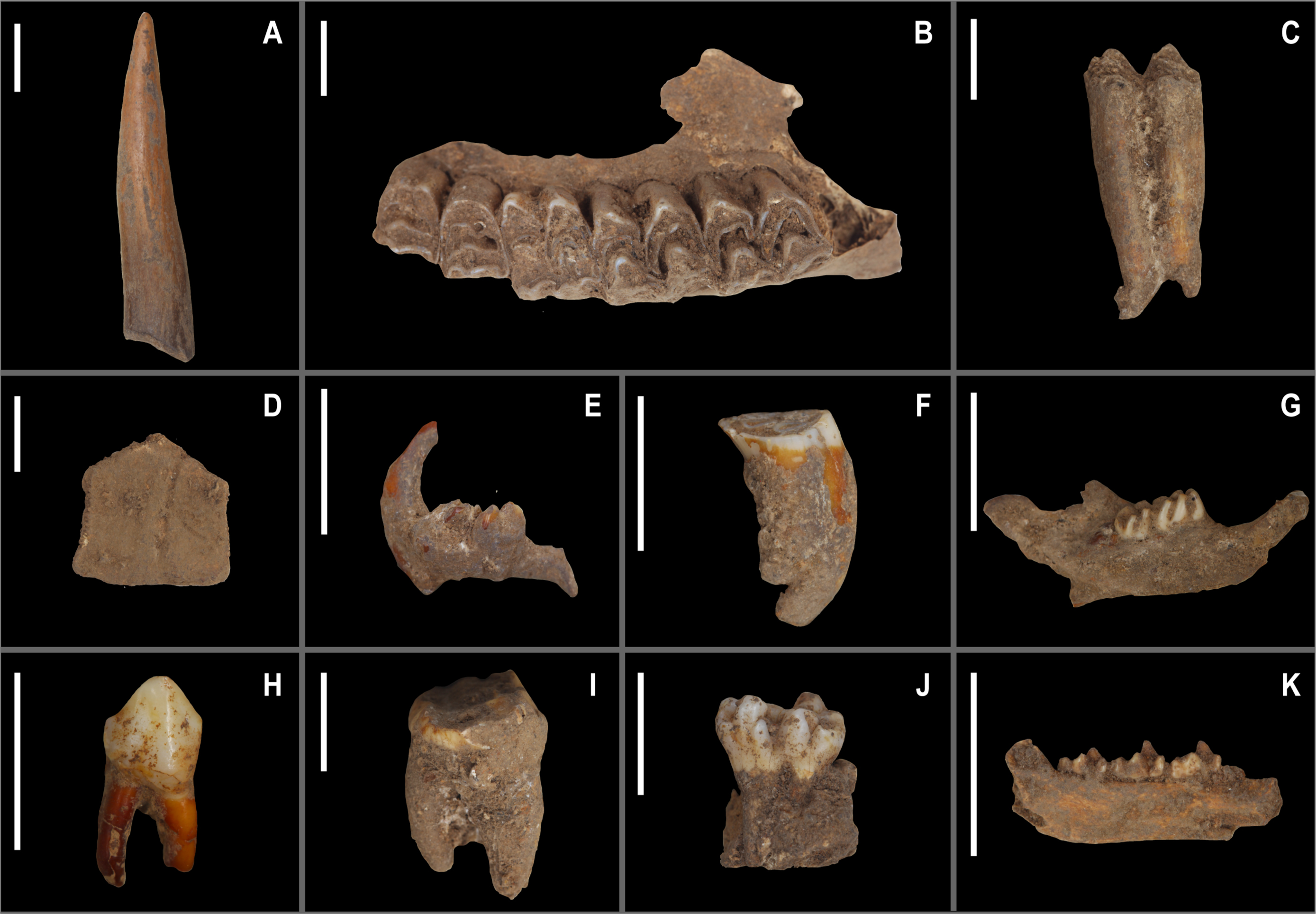
Figure 4: Typical photos of animal remains at the Namidan Cave site (A deer antler; B deer; C cattle; D turtle; E fish; F wild boar; G rodent; H monkey; I bear; J pig; K shrew; Scale = 1 cm).
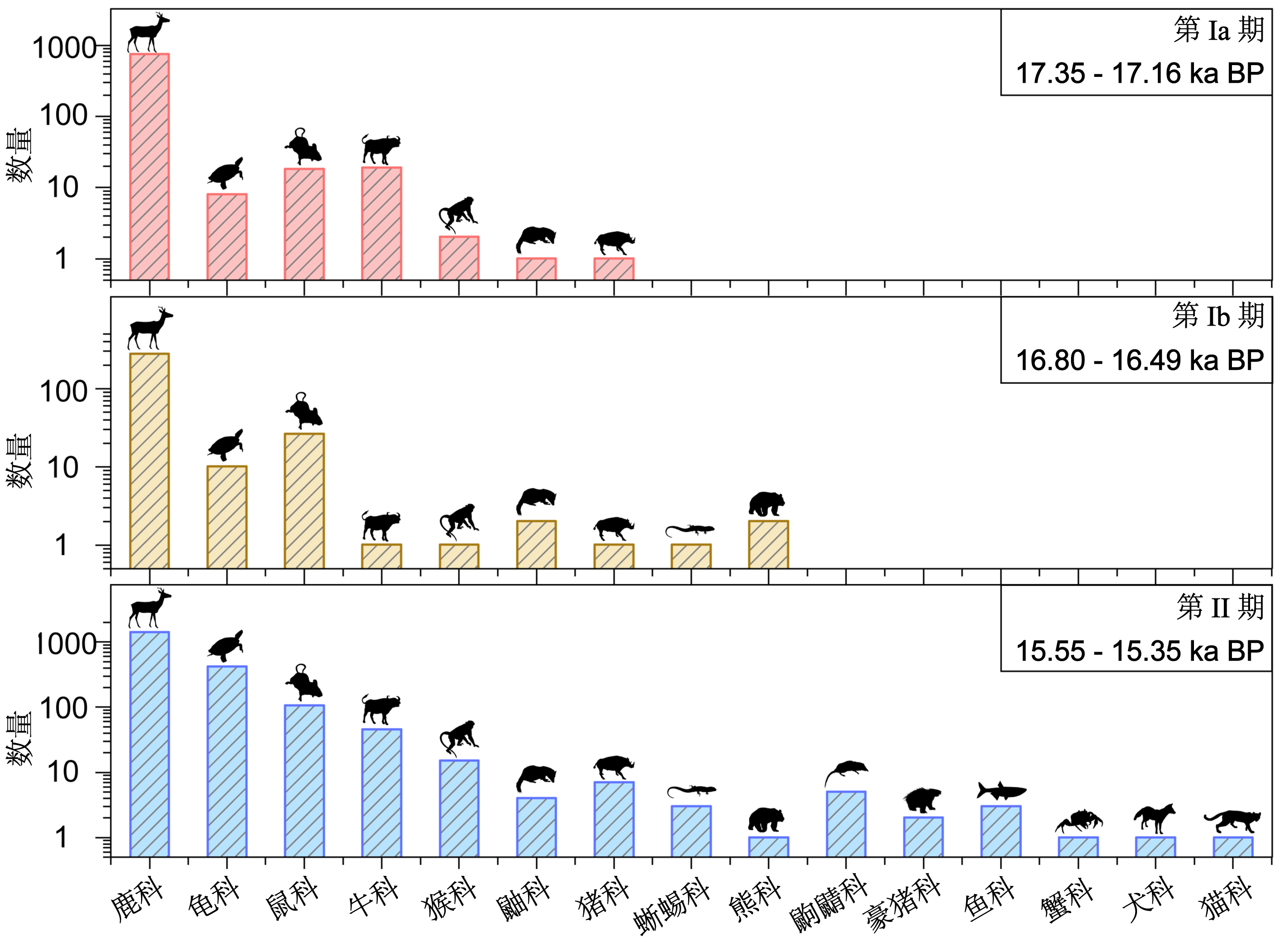
Figure 5: Number of identifiable specimens of animal remains at the Namidan Cave site in different periods.
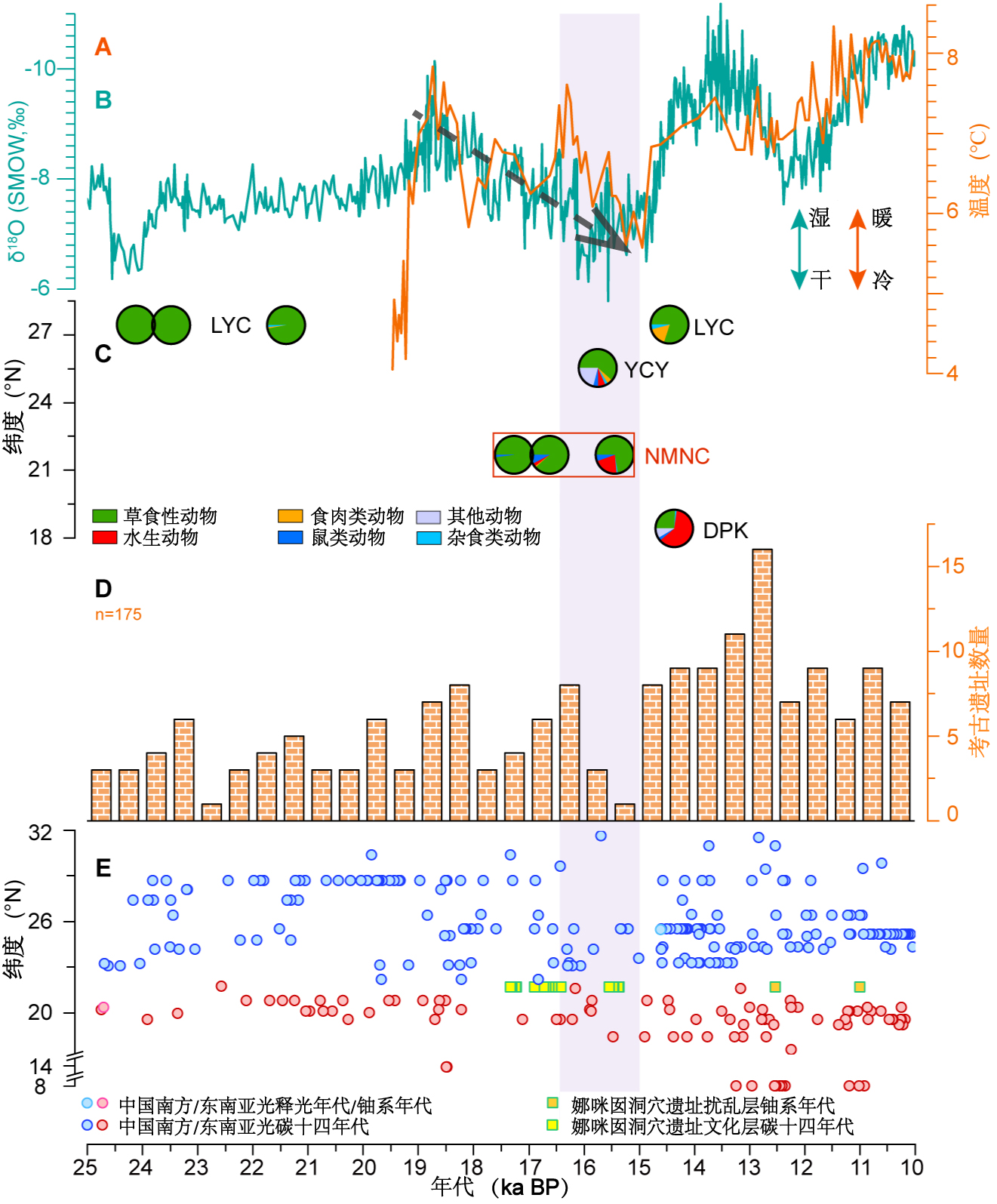
Figure 6: Comparison of Late Paleolithic climate, hunting economy, and human activities in southern China and Southeast Asia. A represents July temperatures recorded in Tiancai Lake mosquito records (Zhang et al., 2019); B representsδ18O records integrated from Dongge Cave, Hulu Cave, and Sanbao Cave isotopes (Cheng et al., 2016); C represents animal archaeological data from Late Paleolithic sites in southern China and Southeast Asia, YCY, LYC, and DPK represent Yuchanyan site, Laoyadong site, and Doi Pha Kan site, respectively; D represents the number of dated sites in southern China and Southeast Asia; E represents dating results in southern China and Southeast Asia.